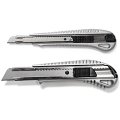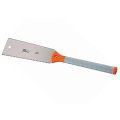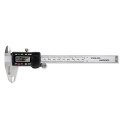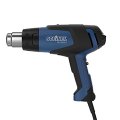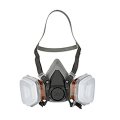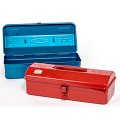Japanese saw
Information about Japansaws
The Japanese saws not only look different from their European brothers but they function differently as well: i.e. it cuts on the pull stroke. Because the saw blade does not bend when cutting on the pull stroke, considerably thinner cuts can be made.
For the same reason, the saw blades can be made from very hard, brittle steel. This means that the saw stays sharp for a very long time. In the case of industrially produced saws (like those on offer from us), the teeth points are additionally impulse hardened in order to lengthen the service life (durability). The various teeth are basically suitable for soft and hard woods.
The really thin blades and the especially effective toothing (see below) result in considerably less effort being expended during sawing work; the tool can be controlled more easily and produces much better results than customary models. The surface of the saw cut is very close to that resulting from planing, the kerfs are extremely fine. The saws come with two different types of toothing:
• Blades with trapezoidal teeth are preferred for cuts across the grain. The alternating ground teeth cut through the wood fibres as sharp as a razor and leave a very clean surface behind.

• Blades with triangular toothing are great for cutting with the grain. The spacing of the teeth varies over the length in order to improve the first cut and the general cutting work.

The blades of the saws that we have on offer can be exchanged; re-sharpening the blades with their very fine toothing is pretty demanding work.
Japanese saws come in different constructions. They are divided into the following types:
• Ryoba saws are universal saws with teeth on both sides that are used for carpentry, furniture making and interior finishing work. The saws have a trapezoid blade on one side for cutting across the grain and on the other side a triangular blade for cutting with the grain. Because the saw is not equipped with a spine it can be used to make cuts of unlimited depth.
• The Kataba saw only has teeth on one side. It is manufactured with trapezoid or triangular teeth for the purpose of making different kinds of cuts. This saw too can make cuts of unlimited depth because the spine is not reinforced.
• Dozuki saws are usually equipped with trapezoidal teeth for cutting across the grain and always have a spine that is reinforced with a metal bar. This reinforcement limits the possible depth of cuts but does facilitate the guiding of the saw and makes possible the use of the thinnest saw blades (0.3 mm). The teeth of the Dozuki saws are slightly cross-toothed (alternating directions) with a resulting very smooth saw cut whose surface must not subsequently be cleaned up.
The handles of the saws are relatively long in order to make operation that much easier. As a rule they are made out of lightweight wood and wrapped with rattan for a better grip. Bakuma and Z-saw are the manufacturing firms producing the saws we have on offer.
The abbreviations in the product descriptions have the following meanings: BT = blade thickness, BL = blade length, TL = total length, TS = tooth spacing (distance between teeth x depth of tooth).
